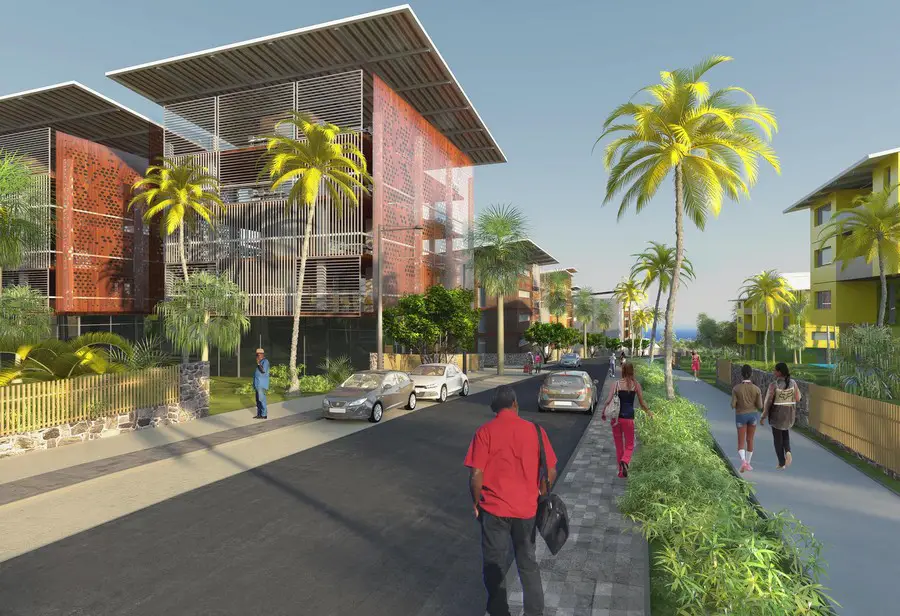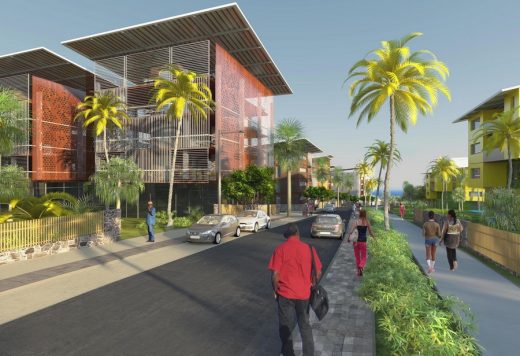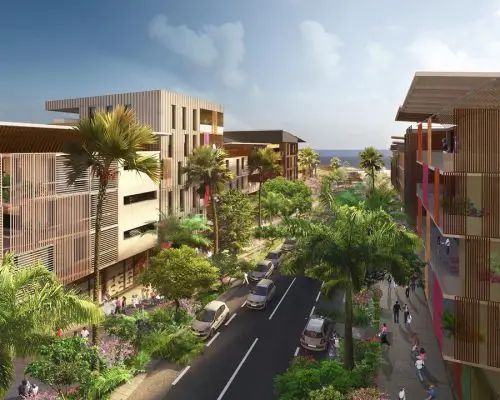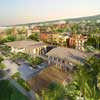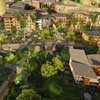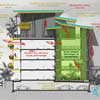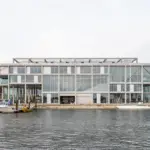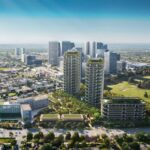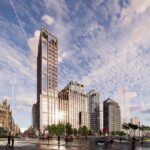Beauséjour ZAC, Tropical Town Development, La Réunion Architecture, Design, Picture, News
Beauséjour ZAC, La Réunion : Tropical Town Development
Urban Development Plan for Beauséjour design by Tekhnê architects
6 Feb 2013
Beauséjour, Sainte-Marie, La Réunion
Design: Tekhnê architects
Indian Ocean Buildings
Beauséjour ZAC Development
The urban development plan for Beauséjour, on the Sainte-Marie town in La Réunion, aims to meet a tremendous challenge. It consists in taking an outstanding 80 ha site of sugar cane fields and then conceiving and creating a town that will be loved by its population and will go through time without hindrance, by integrating it into the environmental setting of the 21st century.
(Re-)Discovering the pleasure of living “in town”, on an island, in a period when people prefer to live individually and apart, is not as simple as it may seem.
To meet this challenge, the holistic proposal developed on the basis of the site’s potentials provides the 20,000 people of this “half-slopes” area with an attractive, identifiable town centre area and neighbourhoods with unique atmospheres to ensure that they are lived in by a varied range of people, which is the foundation of balanced community harmony. In this case, the land ceases to be a simple asset to be developed, and it becomes a resource for a new intense, economical and balanced human settlement, playing its part in the island’s demographic expansion.
This balance is sought by founding the urban development plan on the place’s ecological base, combining urban functions (housing, shops, local services, jobs, leisure activities and entertainment, etc.), while offering a wide range of credible transport options (frequent, regular public transport services in dedicated corridors, electric bicycles, etc.) and also avoiding excessive use of energy (no air-conditioning of homes, etc.).
The interweaving of the various threads – of the blue sea, the green landscape, the climate, the roads and the urban functions – creates the colourful urban fabric of Beauséjour, embodied in high-quality public spaces and simple, comfortable buildings.
The artificialisation of farmland fertilises an ecologically-designed town of 80 ha, 2300 homes, 90 800 m2 of shops, services and business premises, and the developed mode l of a tropical town – dense, intense and desirable – saves the equivalent of 800 ha from being developed elsewhere in a scattered manner throughout the island.
Design by and for the place
The plan draws on the ecological substratum of the place, considering a mix of the topography (marked by a strong slope and gaping ravines), the routes of run-off water flow, the passage of ecological corridors and the routes followed by winds.
The site that is already defined and demarcated by agricultural use, the cane-field roads, the backgrounds views on sea or mountain, give us indications of the possibilities for the town to draw the neighbourhood’s geometry in the place’s geography.
The many-facetted town
The plan for Beauséjour has many facets, composed of neighbourhoods with contrasting atmospheres. The quiet of the residential areas contrasts with the dynamic commercial energy of the centre, the busy life around the schools, the comings and goings of the users of public amenities and offices, and the activity of walkers in the parks and in community vegetable plots. This is how the town lives, providing everyone with diverse, varied urban situations to meet their expectations.
Planning as a lever of sustainability
The plan for Beauséjour launches an in-depth transformation of the local ways of life, by creating a re-densified, mixed town, combining all the urban functions: housing, work, local services, shops, leisure activities and entertainment, etc.
The mixes of both social and urban planning programmes form the basis of the plan, at all scales, from the local neighbourhood to the block, or even the building. The shops (with a total floor area of 15 800 m2) placed mainly along Avenue du Beau Pays and adjacent streets, bring life to the town centre.
In addition to the town’s amenities (schools, sports complexes, health and community centre, post office, car park silo, etc.), local services (such as secondary schools, a local branch office of the town hall, an urban area park, a gendarmerie police station, a distressed women’s shelter, etc.) provide all facilities on the scale of the catchment area. The head office of the CAF family allowance agency, an important facility for the island, is a driving force that creates considerable flows of visitors from outside Beauséjour.
Economic activity is not ignored: it is reflected by the provision of a frontage of offices along Rue Fleur de Jade, which also performs an important climate moderating function by ventilating the town centre. The range of offices on offer totals 75,000 m2 floor area; the head office of the Banque de France bank in Reunion Island will be the finest example. To meet the needs of a socially fragile population, 40% social homes are planned for Beauséjour.
The wide range of housing types – apartment blocks, intermediate housing or detached/individual homes – is a very appropriate way the achieve the aim of diversifying the sections of the population, including different generations. While the central area includes more apartment buildings, the western neighbourhoods have all types of housing and related shapes and sizes. In total, 2,300 homes will be built in the town, including 600 in the central area and 700 homes in the western neighbourhoods.
The town ready for frugality
The reduction of the ecological footprint of human settlements is vital for Reunion Island, as a direct consequence of its demographic transition and its insularity. In reference to the “Negawatt” energy saving approach, the plan always chooses simplicity and economy as its prime environmental principles. Stopping urban sprawl, returning to multi-functionality of the town, structuring a credible public transport system, developing non-motorised means of travel, re-introducing greenery and water into the town, and applying new ways of building, are all factors that contribute to it.
Build with eco-awareness.
To ensure thermal and humidity comfort in a passive way, for homes in both summer and winter, the master plan for the town was conceived to facilitate the builder’s task as much as possible. This starts with the aspects of buildings (but, in the town centre, subject to urban integration rules), to easily provide protection from the sun by roof overhangs, balconies, etc., but especially from the alizé trade winds carrying winter rain, whereas, in the summer, one would aim to catch them and channel them to provide cooling.
For this purpose, the thickness of blocks and the areas of site coverage were determined so that the homes can be designed as through units open onto both sides or else with double aspects, while reserving extra thickness for climate moderation from 3 to 5 m according to the aspects (with sheltered general circulation access balconies on the south and the east, varangue verandas in the north and in the west, etc.), forming buffer spaces that regulate external thermal atmospheres to protect homes. This extra thickness also creates a range of types of homes to satisfy the need for private external extension, as offered by the individual/detached home.
The building envelopes and maximum overall heights have also been designed to allow secondary outer “over-roofs” as well as high ceilings in the homes that are compatible with the installation of air circulating fans. Similarly, owners are encouraged to set their building fronts back on the ground floors along the lines of shops, to provide shade for shoppers and shelter them from the frequent “grains” gusts of wind in Saint Marie.
This bio-climatic approach, on the scale of what is possible to do in urban planning, should be expressed in various ways in construction and in the development of plots, favouring local resources where possible (whether energy or materials) and taking special care in landscaping of external spaces.
Operating framework
As Eric Wuillai, CEO of CBo Territoria, the private developer and owner of the mixed development area land, is pleased to say, this 25th-ranking town of Reunion Island was born in November 2008. The TEKHNÊ/Soberco Environment grouping was commissioned to devise an “AEU” (Environmental Approach to Urban Planning) in 2008, in order to orient the plan towards the sustainable town, followed by a seminar of INTA (International Urban Development Association). The resulting master plan devised by Dutheil Perrault started the development of a hamlet, a golf practice range and a hotel facility at the bottom of the site, as well as apartment buildings on the eastern edge.
As of 2011, TEKHNÊ, assisted by UPAU and Atelier LD, designed the town centre and the western neighbourhoods, and also contributed to the definition of the urban area park, while our landscape designer partners were appointed in charge of the design and construction of the public spaces. As architects in chief of the “ZAC” mixed development area, we are continuing our assignment by assisting the designers and by being in charge of the design and construction of certain blocks.
This project has been honored by the «OFF du développement durable» jury who took place for the first time in September, the 24, in Paris and awarded bronze medal in the recent «Barème carbone» Price.
Beauséjour ZAC – Building Information
Client: CBO Territoria
Architect-Urban Planner: TEKHNÊ architectes
Landscape Designers: Atelier LD – UPAU
Project Design & Management:
Landscape designers: Atelier LD – UPAU
Electrician: Scène Publique
Roads, Utilities & Miscellaneous:
External Works Engineers: Egis
Dry Utilities Systems Engineers: CER
Beauséjour ZAC images / information from TEKHNÊ architectes
Location: Beauséjour, Sainte-Marie, La Réunion, Indian Ocean – Africa
Indian Ocean Resort Buildings
Indian Ocean Architectural Projects
Finolhu Villas Hotel in the Maldives
Design: Yuji Yamazaki Architecture
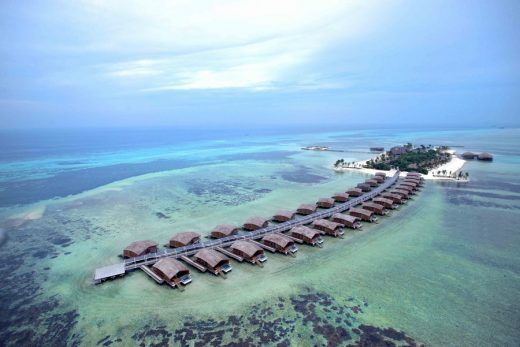
image from architecture office
Finolhu Villas Hotel in the Maldives
Maldives Resort Design
Design: OFIS architects
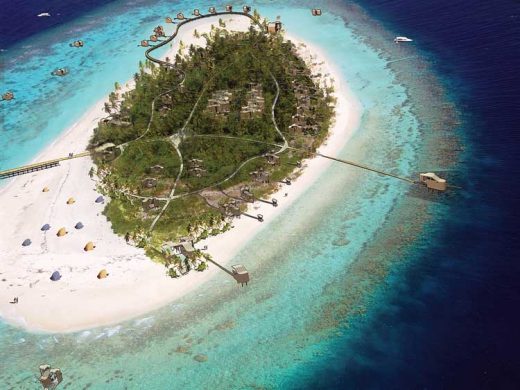
image from architect practice
Maldives Island Resort
Outros Bairros Rehabilitation Programme, port of Mindelo, São Vicente, Cape Verde
Architect: OUTROS BAIRROS / Nuno Flores
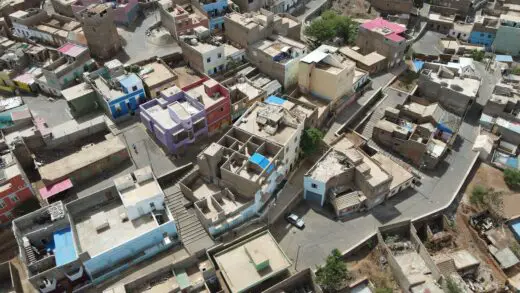
photo : Nuno Flores
Outros Bairros Rehabilitation Programme in Mindelo
Banyan Tree Corniche Bay, Mauritius by Foster + Partners
Banyan Tree
Four Seasons Seychelles
Seychelles Resort
Comments / photos for the Beauséjour ZAC – La Réunion Architecture design by Tekhnê architects page welcome

